CENTELLA ASIATICA EXOSOMES
A biomimetic vector component with high regenerative activity. Exosomes are extracellular vesicles secreted by plant cells that contain highly active signaling molecules like microRNAs, lipids, proteins, enzymes, and peptides. The exosomes from Centella Asiatica are obtained through membrane isolation and standardized filtration. These vesicles maintain the biological activity of key Centella components—madecassoside, asiaticoside, asiatic acid, and phytosterols—and are encased in a natural lipid shell that allows for deep and targeted penetration into the skin. Their high bioavailability ensures regenerative signals are delivered directly to skin cells.
The main ways Centella exosomes repair skin damage are:
- Stimulation of reparative processes: Exosomes activate gene expression for wound healing and extracellular matrix remodeling (MMPs, TIMPs, TGF-β, VEGF). This speeds up fibroblast proliferation and the synthesis of collagen types I and III, as well as fibronectin and laminin, which are key proteins for dermal structure.
- Enhanced angiogenesis: By activating vascular endothelial growth factor (VEGF), exosomes help restore microcirculation in damaged skin. This is crucial for conditions of hypoxia after procedures like laser treatments, dermabrasion, or chemical burns.
- Anti-inflammatory effect: Components in Centella exosomes reduce the production of pro-inflammatory cytokines (TNF-α, IL-6, IL-1β) and lessen the activation of the NF-κB signaling pathway. This leads to a rapid reduction in inflammation, redness (hyperemia), and swelling (edema).
- Strengthened barrier function: Exosomes stimulate lipid synthesis in the stratum corneum and accelerate the repair of connections between cells, which helps restore the skin barrier and reduces transepidermal water loss (TEWL).
- Antioxidant and photoprotective benefits: The asiaticoside and madecassoside in exosomes can neutralize free radicals and boost the activity of the skin’s own antioxidant enzymes (catalase, superoxide dismutase).
REJUVENAD™ COMPLEX (active nicotinamide adenine dinucleotide)
RejuveNAD is a bioavailable form of the coenzyme NAD⁺, which is essential for mitochondrial function and the activation of sirtuins—proteins that regulate cell survival, DNA repair, and energy metabolism. Increasing intracellular NAD⁺ levels helps optimize the cell’s energy system, strengthen antioxidant protection, and restore metabolic balance, which is especially important for mature and stressed skin. As we age, NAD⁺ levels decline, slowing down cell regeneration. The RejuveNAD™ complex stimulates the NAMPT enzyme, which is responsible for NAD⁺ synthesis in skin cells. Increasing NAD⁺ concentration improves cell function, enhances energy metabolism, and activates DNA repair processes.
Proven efficacy: In vitro studies show it reduces DNA damage, epigenetic changes, and cellular aging, while improving cell viability. Ex vivo studies demonstrate a reduction in mitochondrial damage, an increase in sirtuin 1 (SIRT1), an increase in collagen XVII levels, and improved collagen density. RejuveNAD is a unique component that simultaneously combats five signs of skin aging: mitochondrial dysfunction, cellular aging, loss of proteostasis, epigenetic changes, and genomic instability. Clinical studies have shown that using RejuveNAD™ can make skin look up to 8 years younger after just 42 days.
BIOMIMETIC PEPTIDES
The combined use of these peptides simultaneously reduces inflammatory processes, stimulates the synthesis of structural proteins, and prevents the formation of new facial wrinkles.
- Acetyl hexapeptide-8 (Argirelin) is a biomimetic neuropeptide that blocks muscle contraction. It significantly reduces the activity of facial muscles that contribute to the formation of expression lines. It works on a presynaptic principle: a chain of six amino acids from the hexapeptide fits between two muscle processes, mimicking a protein site (SNAP25) and preventing them from connecting. This stops the nerve impulse from transmitting, which relaxes the muscle.
- Palmitoyl tetrapeptide-7 is a tetrapeptide with four amino acids linked to palmitic acid for better skin penetration. It blocks the activation of NF-κB, a protein complex central to inflammatory processes. By reducing NF-κB activity, it decreases the expression of genes responsible for IL-6 synthesis, which in turn reduces chronic inflammation and slows down skin aging (inflammaging). It also slows down the breakdown of the extracellular matrix (ECM) by inhibiting MMP enzymes that break down collagen and other dermis proteins.
- Palmitoyl tripeptide-5 (Syn-Coll) mimics natural signal peptides that activate TGF-β (transforming growth factor-beta). TGF-β is a key factor that triggers gene expression for collagen synthesis. When Palmitoyl tripeptide-5 binds to TGF-β receptors, it “turns on” the mechanism for new collagen synthesis. It also inhibits MMP-1 (collagenase), an enzyme that breaks down collagen fibers, helping to preserve existing collagen, strengthen the dermis, and improve skin texture. It provides a “fibroblast-like” effect, activating reparative processes in the dermis.
ESCIN
An active component from horse chestnut seeds with anti-inflammatory, angioprotective, and anti-edema properties. Escin increases the tone of the venous wall and stabilizes capillary endothelium by reducing the activity of enzymes (hyaluronidase, elastase) that destroy the extracellular matrix. This reduces vascular permeability and the release of plasma into the intercellular space, effectively eliminating puffiness and swelling in inflamed or injured skin areas. It also helps reduce redness, burning, and skin sensitivity by modulating pro-inflammatory mediators (TNF-α, IL-1β) and inhibiting 5-lipoxygenase and leukotriene synthesis. This slows down chronic microinflammation that underlies aging. Escin neutralizes reactive oxygen species and stabilizes cell membranes, protecting lipid structures from peroxidation. By improving vascular tone and reducing congestion, escin helps deliver more oxygen and nutrients to tissues, accelerating healing and recovery.
CYANOCOBALAMIN (vitamin B12)
A water-soluble compound that plays a key role in several biochemical processes affecting skin regeneration and function.
- Supports cell division and tissue repair: Vitamin B12 is essential for DNA and RNA synthesis through its role in folic acid and methionine metabolism. This is crucial for cells with high turnover rates like keratinocytes and fibroblasts. When aging or damaged skin has slowed mitotic activity, cyanocobalamin helps speed up epidermal renewal and dermal matrix regeneration.
- Optimizes energy metabolism: By participating in the Krebs cycle and fatty acid metabolism, vitamin B12 supports ATP production in mitochondria. This is especially important when the energy capacity of mature skin cells decreases or when the skin is damaged and needs more energy to heal.
- Anti-inflammatory and antioxidant action: Cyanocobalamin indirectly reduces homocysteine, an amino acid that can cause oxidative stress and inflammation. This lowers the activation of pro-inflammatory cytokines, which reduces hypersensitivity in sensitive skin and prevents collagen destruction.
- Neurotropic effect and restored skin sensitivity: Vitamin B12 is involved in myelin synthesis, which helps restore peripheral nerve endings in the skin. This can be particularly important after aggressive cosmetic procedures that disrupt innervation and increase sensitivity.
- Supports microcirculation and tissue health: It participates in red blood cell formation and improves oxygen transport, increasing oxygen and nutrient supply to tissues and speeding up healing and recovery.
MIMOSA BARK EXTRACT
Rich in flavonoids, triterpenes, and trace elements, this extract has strong angioprotective, antioxidant, and regenerative effects. It enhances microcirculation, promotes faster healing of damaged areas, and activates fibroblast proliferation.
INGREDIENTS
Aqua, Propylene glycol, Propanediol, Phenoxyethanol, Helianthus annuus sprout extract, Polysorbate 20, Ammonium acryloyldimethyltaurate/VP Copolymer, Pentylene glycol, Escin, Mimosa tenuiflora bark extract, Maltodextrin, Tetrasodium glutamate diacetate, DMDM Hydantoin, Centella asiatica leaf vesicles, Glycerin, Allantoin, Parfum, Cyanocobalamin, Acetyl hexapeptide-8, Palmitoyl tripeptide-5, Palmitoyl tetrapeptide-7.


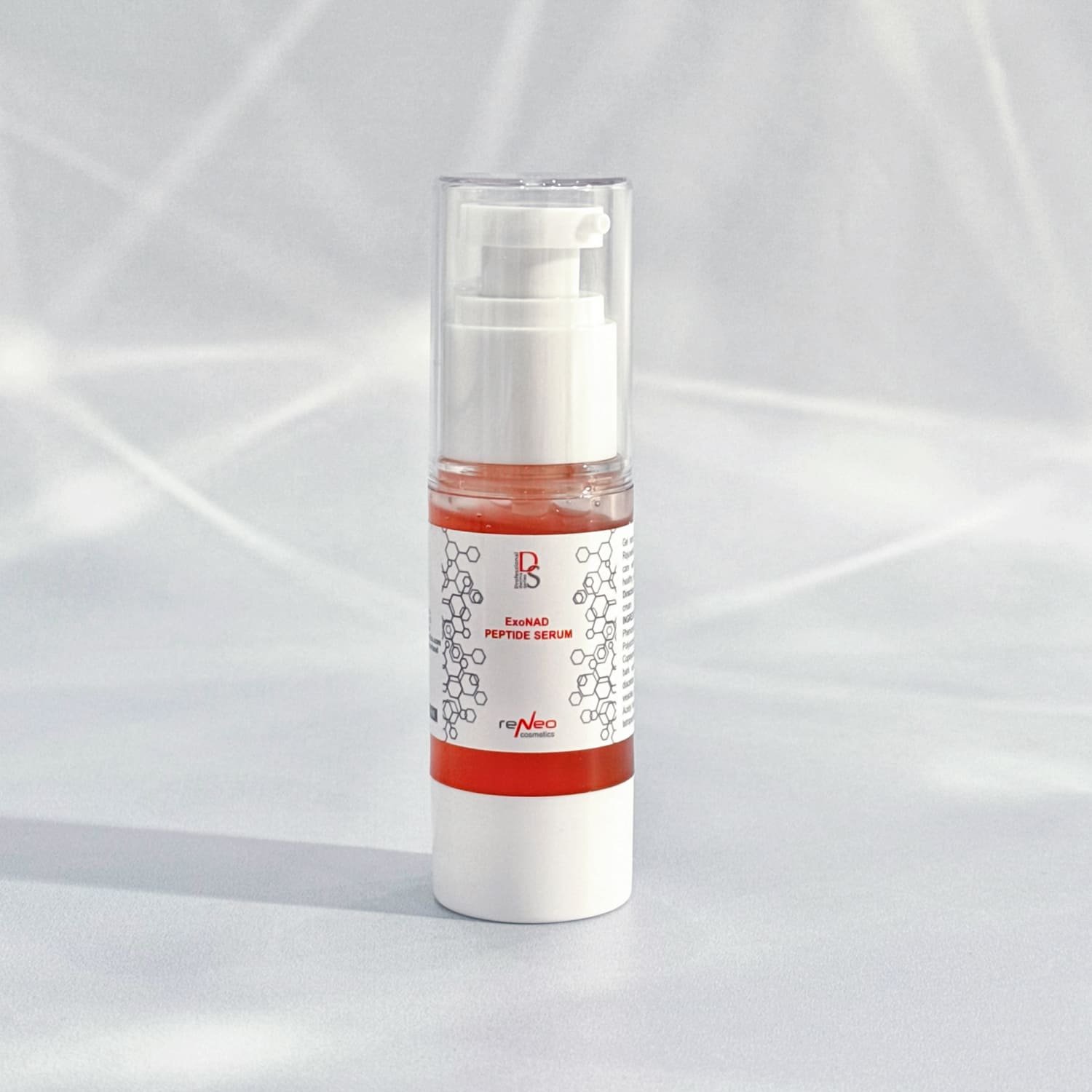
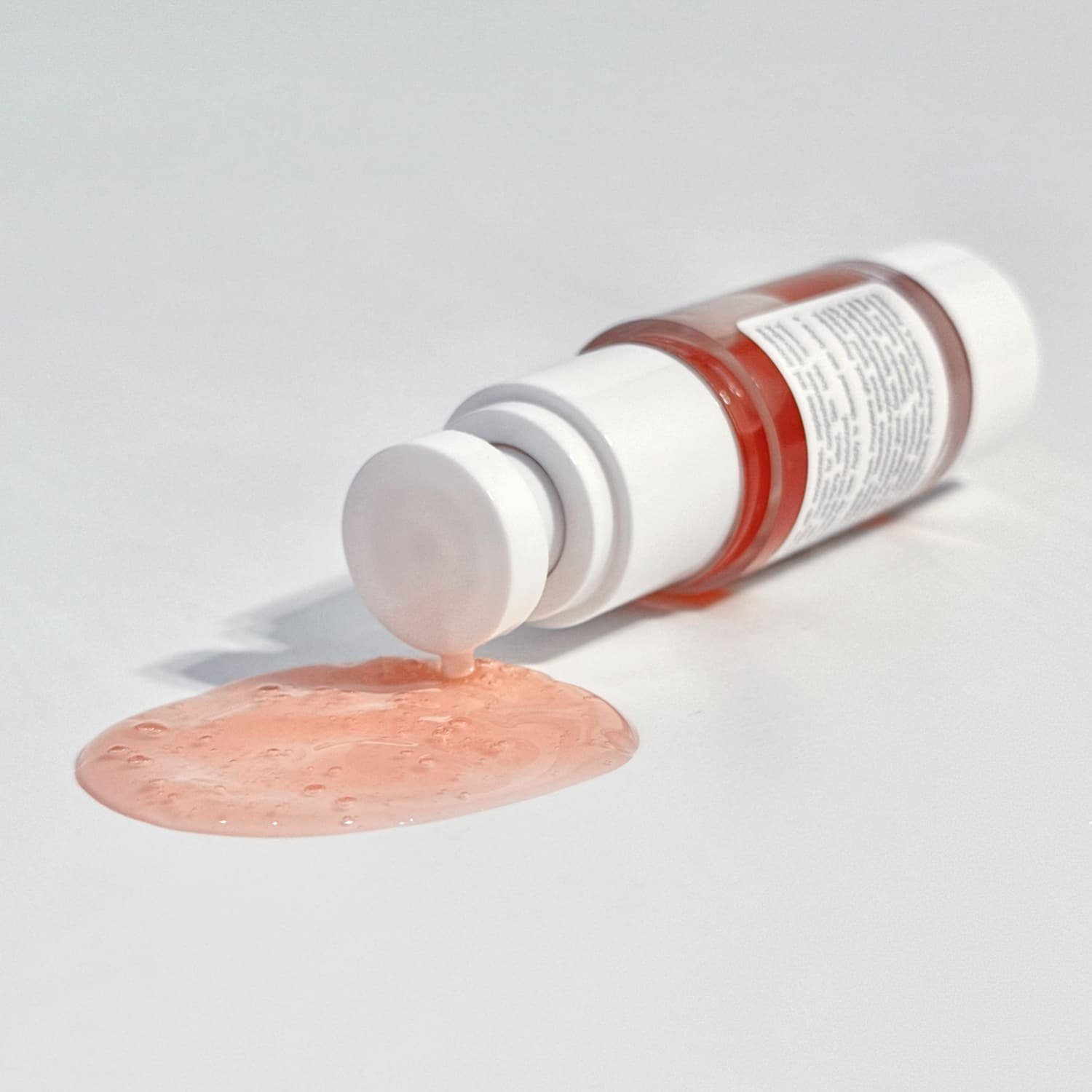
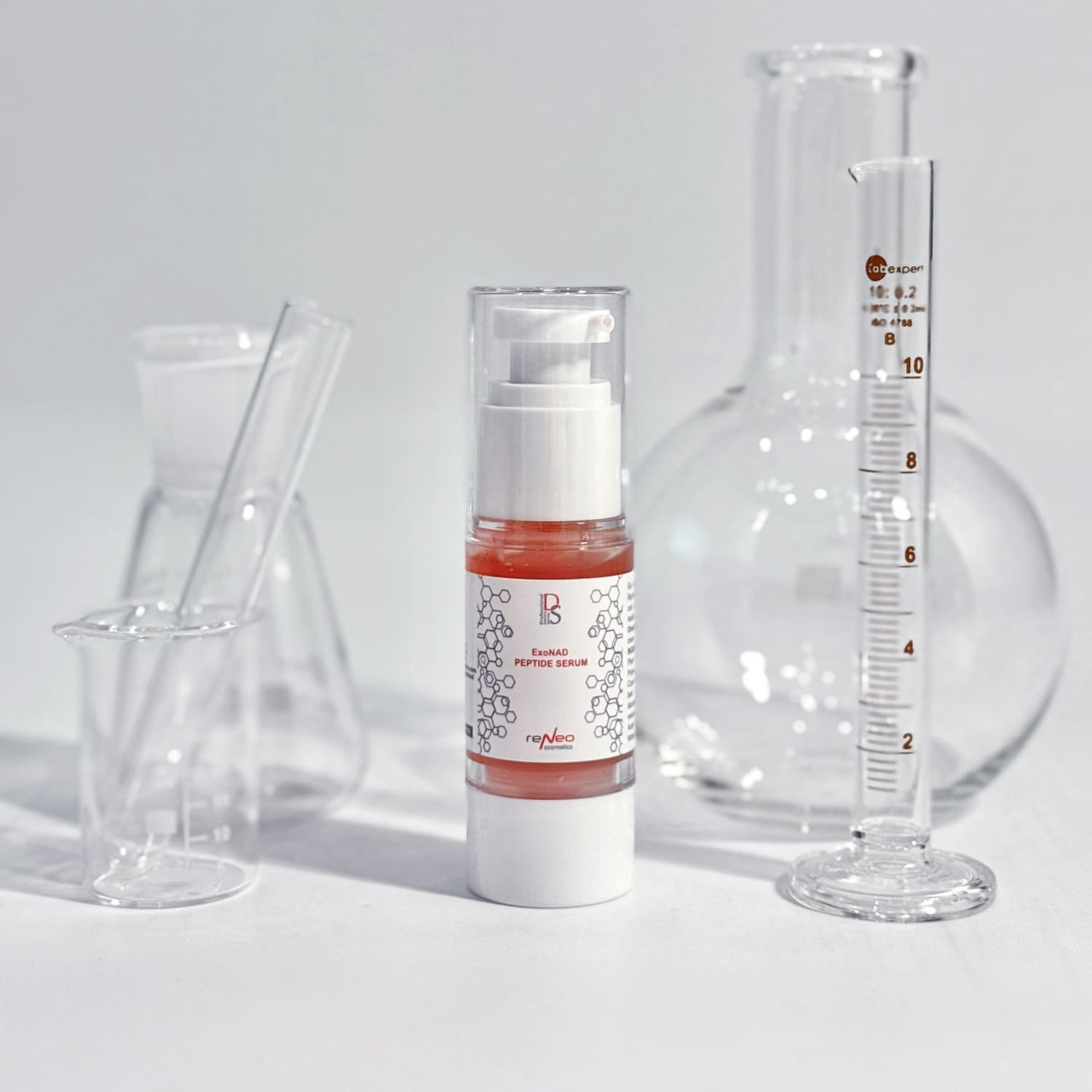
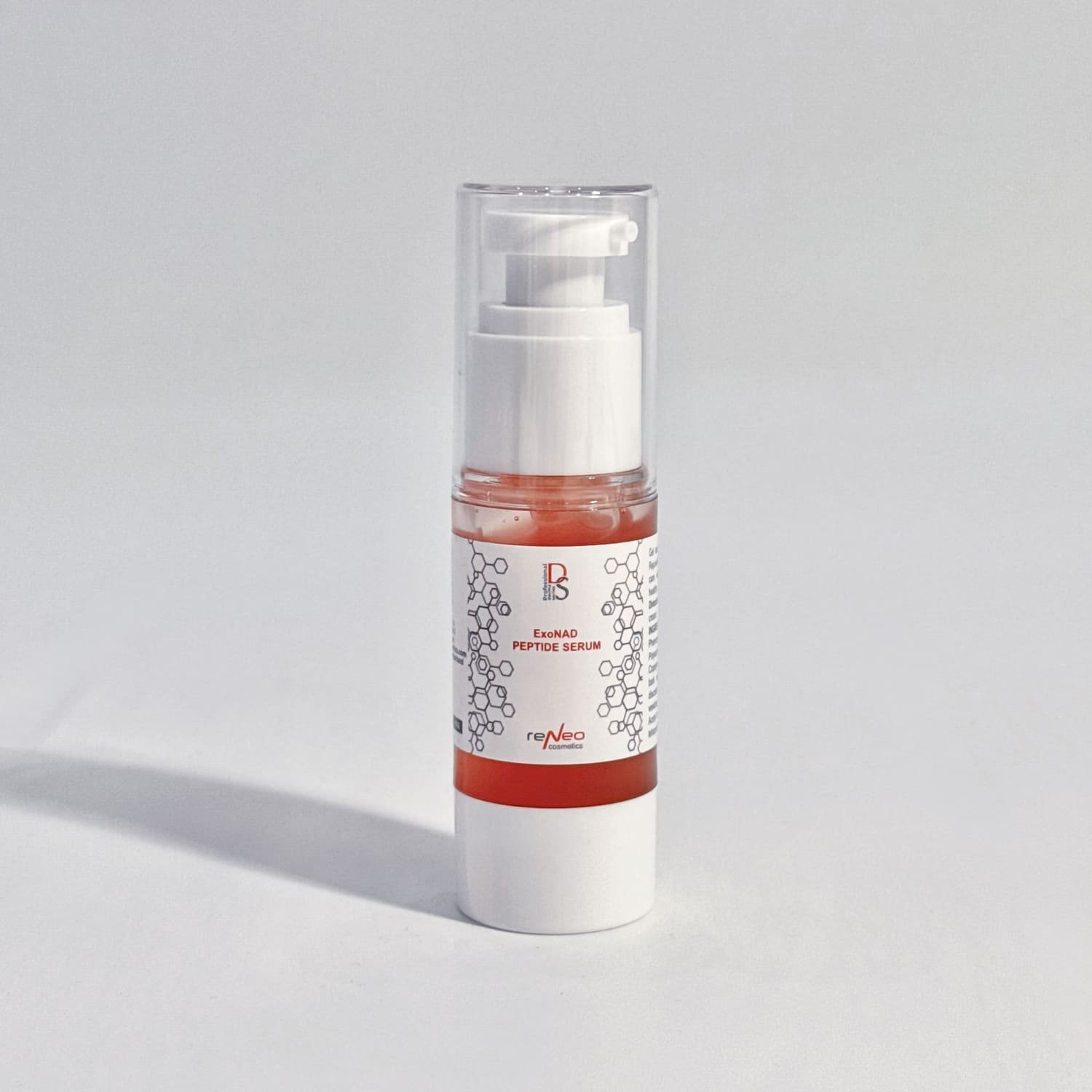


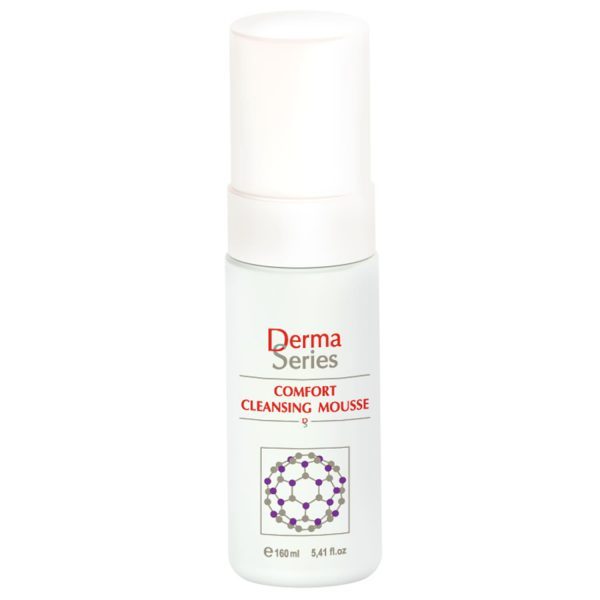
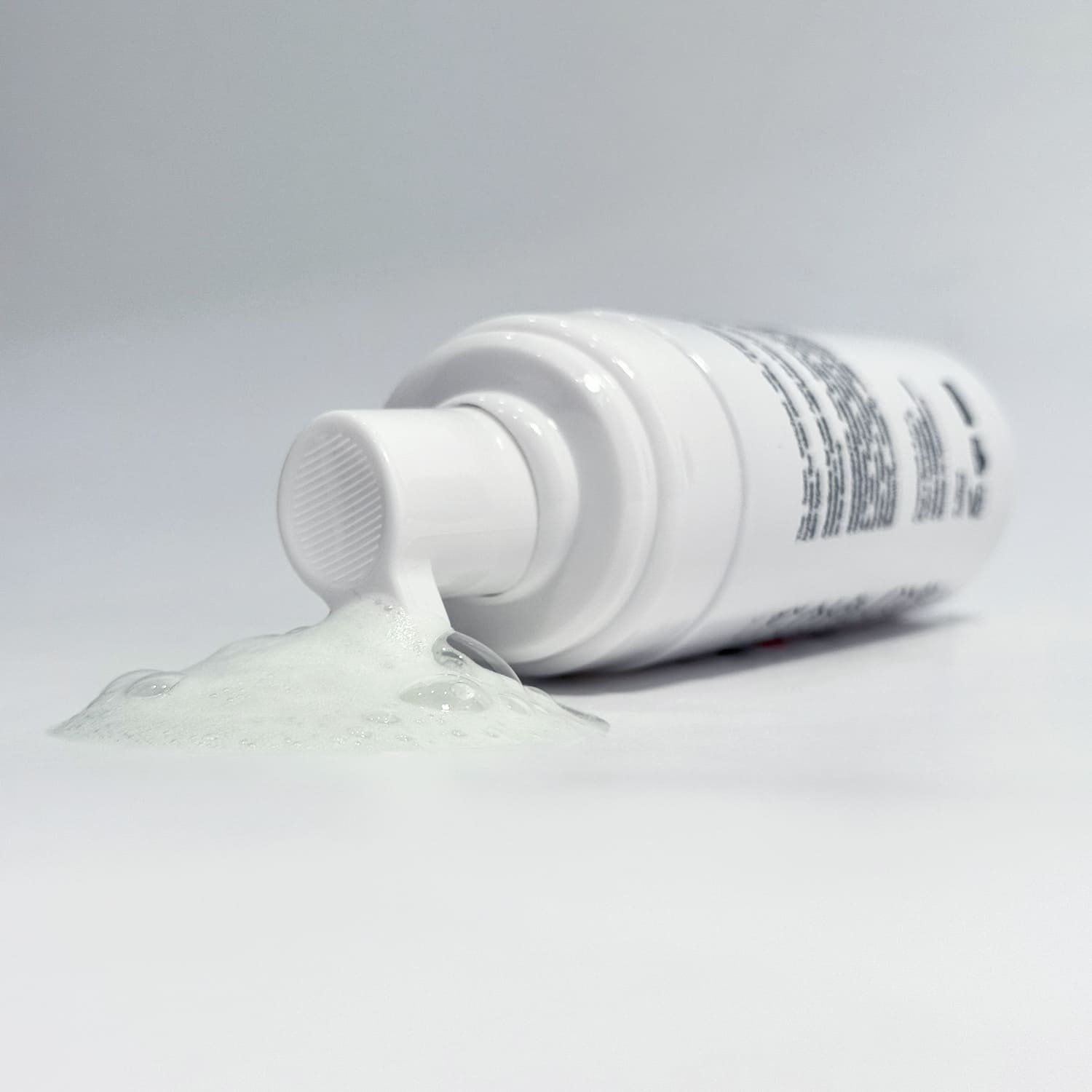
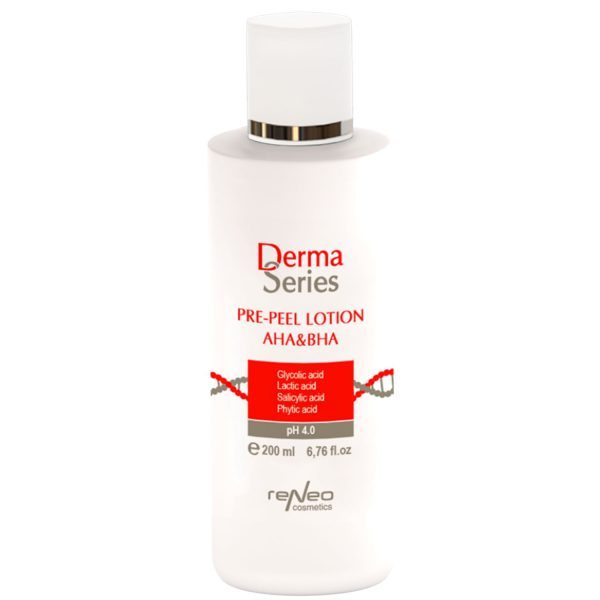
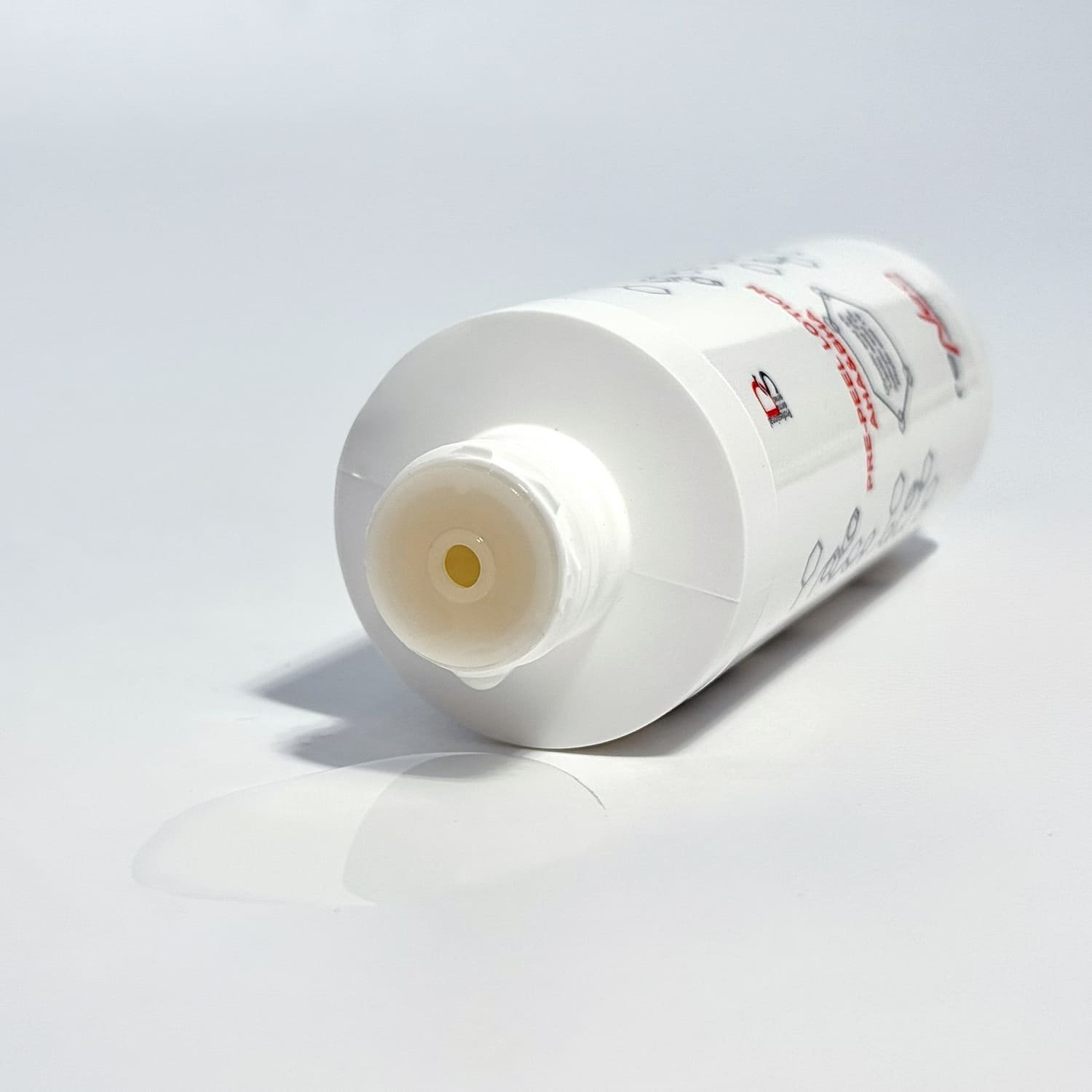
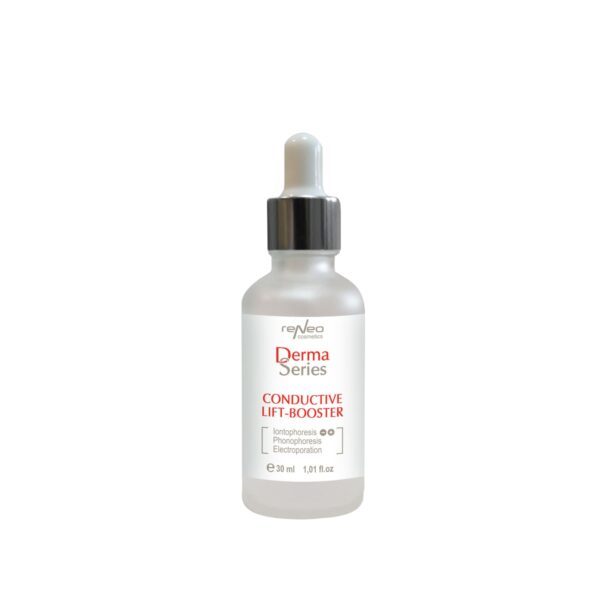
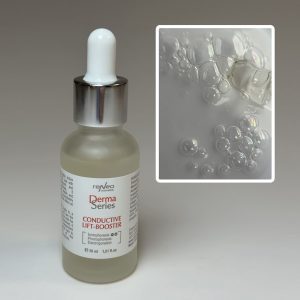
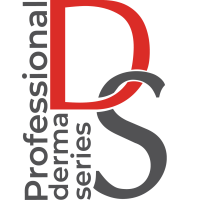

Reviews
There are no reviews yet.